On Friday at a National Geographic-sponsored TEDx conference, scientists met in Washington, D.C. to discuss which animals we should bring back from extinction. They also discussed the how, why, and ethics of doing so. They called it "de-extinction."
There are a few guidelines for which ancient species are considered, and sadly, dinosaurs are so long dead they aren't in the picture. Their DNA has long ago degraded, so researchers are fairly sure that Jurassic Park will never happen.
They chose the animals using the following criteria: Are the species desirable — do they hold an important ecological function or are they beloved by humans? Are the species practical choices — do we have access to tissue that could give us good quality DNA samples or germ cells to reproduce the species? And are they able to be reintroduced to the wild — are the habitats in which they live available and do we know why they went extinct in the first place?
This still leaves plenty of other animals on the table. The list of candidates is actually pretty long, considering. The cost of de-extinction varies by species but projects could run into the hundreds of thousands of dollars, if not more. Then there's also the cost of housing the animals once they are created, and re-introducing them into the wild and protecting them from poachers once they are there.
But, if you were the zoo that had that one Woolly mammoth or saber-toothed cat, these costs just might be worth it.
Here are 10 animals they are hoping to one day resurrect.
1. The mythical Aurochs is not a myth at all, actually. It is the ancestor of domestic cattle and lived throughout Europe, Asia, and North Africa. They died off in 1627.
There are a few guidelines for which ancient species are considered, and sadly, dinosaurs are so long dead they aren't in the picture. Their DNA has long ago degraded, so researchers are fairly sure that Jurassic Park will never happen.
They chose the animals using the following criteria: Are the species desirable — do they hold an important ecological function or are they beloved by humans? Are the species practical choices — do we have access to tissue that could give us good quality DNA samples or germ cells to reproduce the species? And are they able to be reintroduced to the wild — are the habitats in which they live available and do we know why they went extinct in the first place?
This still leaves plenty of other animals on the table. The list of candidates is actually pretty long, considering. The cost of de-extinction varies by species but projects could run into the hundreds of thousands of dollars, if not more. Then there's also the cost of housing the animals once they are created, and re-introducing them into the wild and protecting them from poachers once they are there.
But, if you were the zoo that had that one Woolly mammoth or saber-toothed cat, these costs just might be worth it.
Here are 10 animals they are hoping to one day resurrect.
1. The mythical Aurochs is not a myth at all, actually. It is the ancestor of domestic cattle and lived throughout Europe, Asia, and North Africa. They died off in 1627.
 Wikimedia/DFoidl
Wikimedia/DFoidl2. The Dodo is known for being really dumb — but really it was just fearless because it evolved without any natural predators. Humans who arrived on its home island, Mauritius, took advantage of this and killed them all for food.
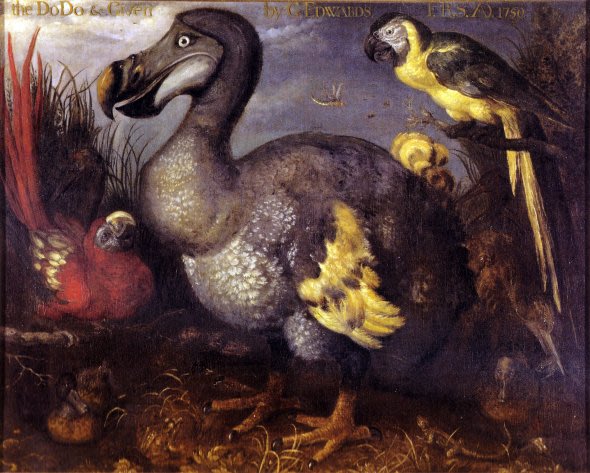 Public domain
Public domain3. The Labrador Duck was always rare but disappeared between 1850 and 1870. Supposedly it didn't taste good, so it wasn't hunted extensively for food, so its extinction isn't fully explained.
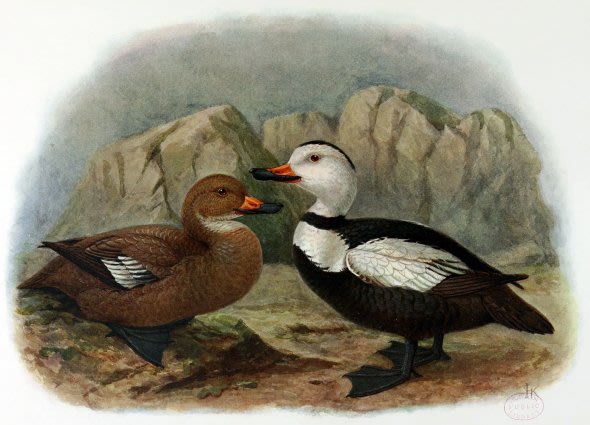 Public domain
Public domain4.The Ivory-billed Woodpecker lived in "virgin forests" of the southeastern United states, but there hasn't been a confirmed sighting of the bird since the 1940s. The Cornell Lab of Ornithology even offered a $50,000 reward for someone who could lead researchers to a living specimen.
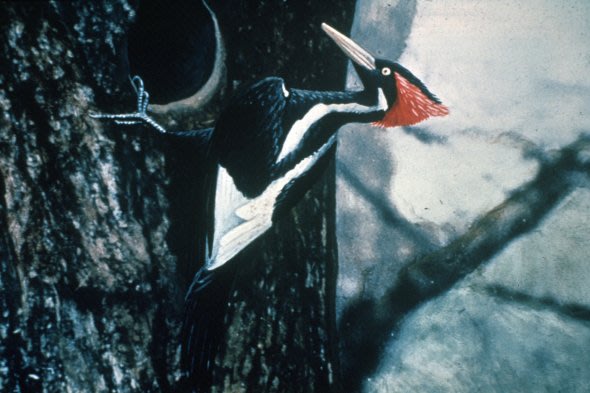 Original photo by Arthur A. Allen, coloured version by Jerry A. Payne
Original photo by Arthur A. Allen, coloured version by Jerry A. Payne5. Frozen carcasses of the Woolly Mammoth allow scientists access to well-preserved DNA from these prehistoric giant animals, related to elephants. The last isolated population of woolly mammoths lived on Wrangel Island in the Arctic Ocean until 4,000 years ago.
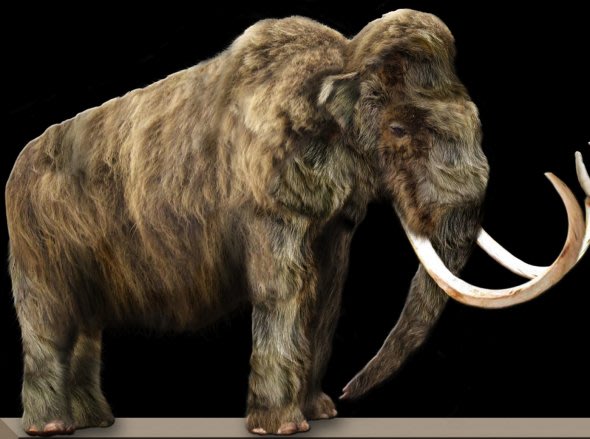 Wikipedia user Dantheman9758
Wikipedia user Dantheman97586. The Mastodon is an extinct species related to elephants that lived in North and Central America. They went extinct 12,000 years ago.
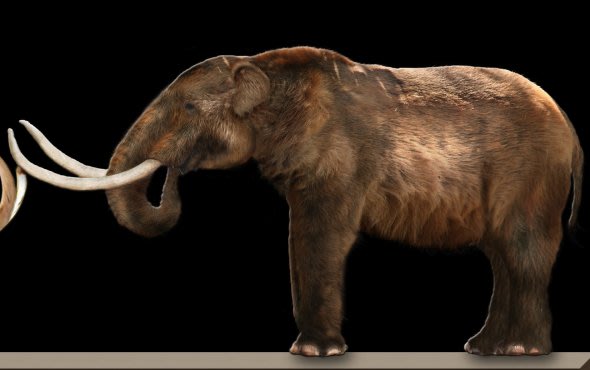 Wikipedia user Dantheman9758
Wikipedia user Dantheman97587. This extinct species of plains Zebra, the Quagga, once lived in South Africa. The last wild one was shot in 1870 and the last in captivity died in 1883.
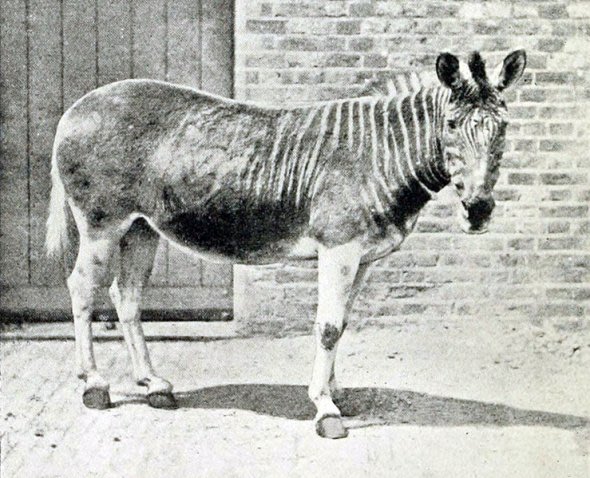 Public domain
Public domain8. The iconic Saber-toothed cat, Smilodon, is also on the list. It died out about 10,000 years ago due to climate changes at the end of the last Ice Age.
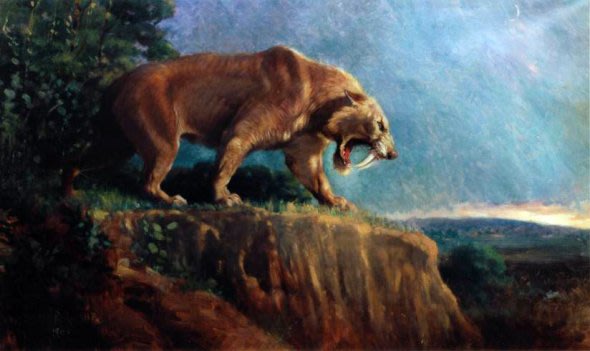 Charles R. Knight
Charles R. Knight9. The Thylacine, or Tasmanian Tiger, is the only marsupial to make the list. It lived in Australia, Tasmania and New Guinea until the 1960s.
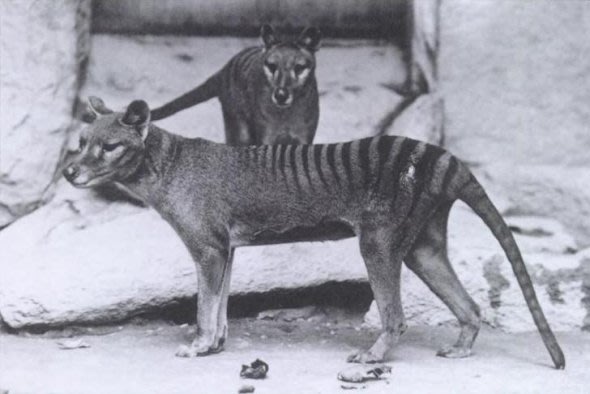 Public domain
Public domain10. The Caribbean monk seal was hunted to extinction for use as oil, and they were out-competed for fish (their main food source) by humans. The last individual was seen in 1952.
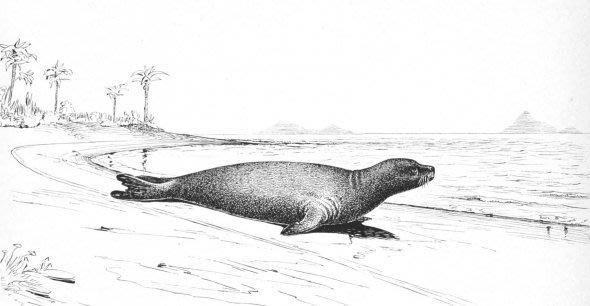 Public domain
Public domain
No comments:
Post a Comment